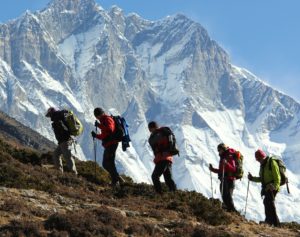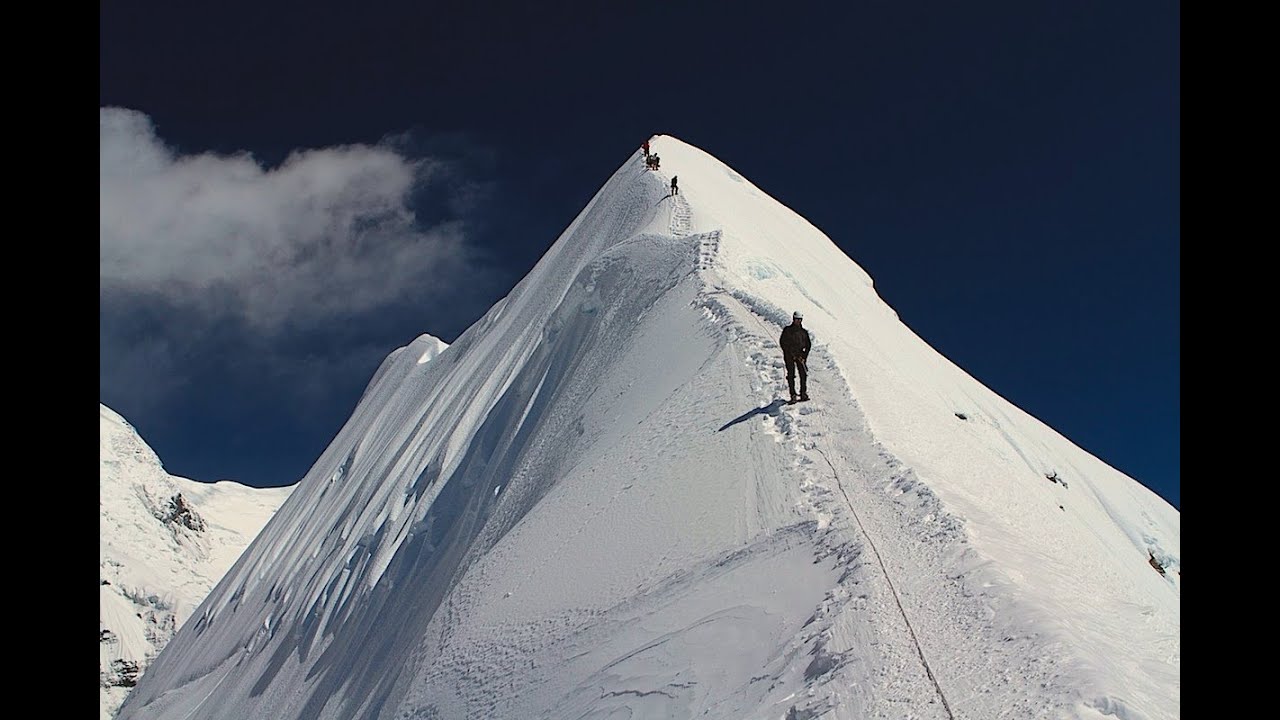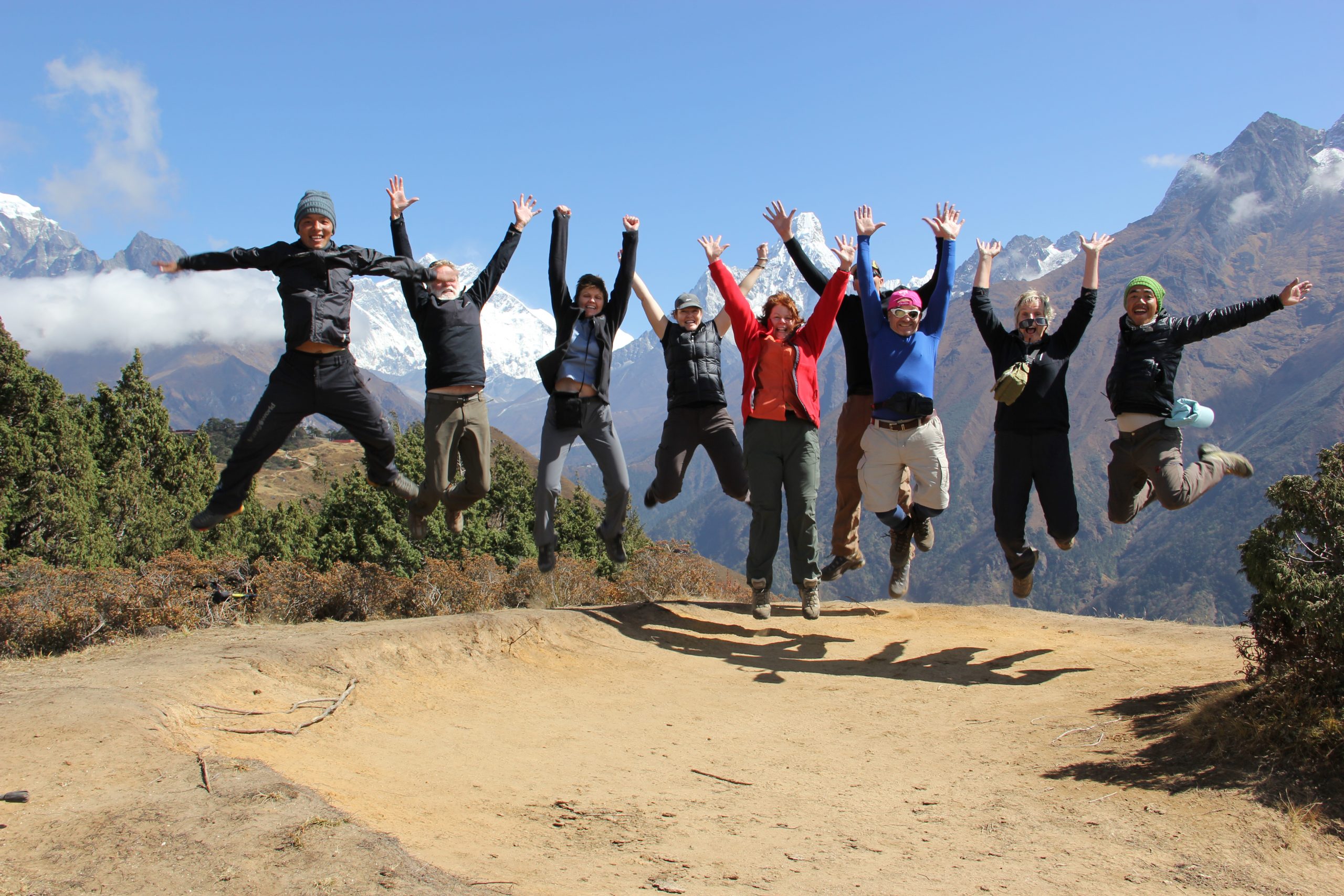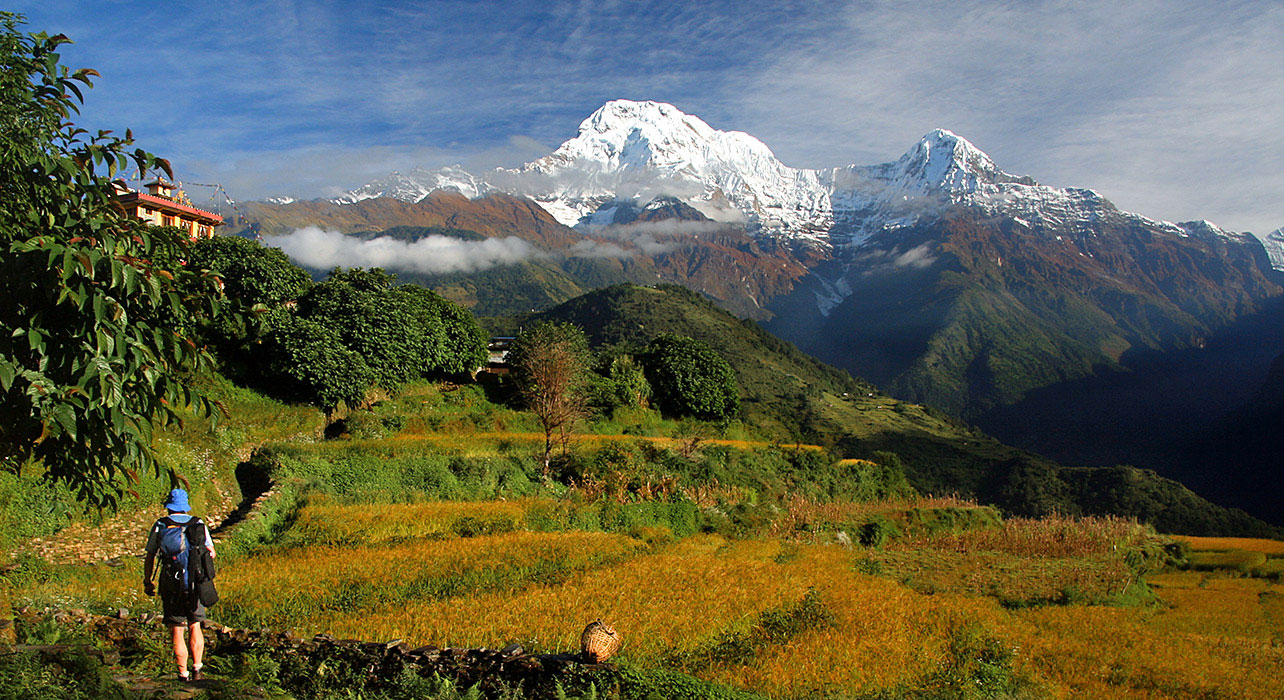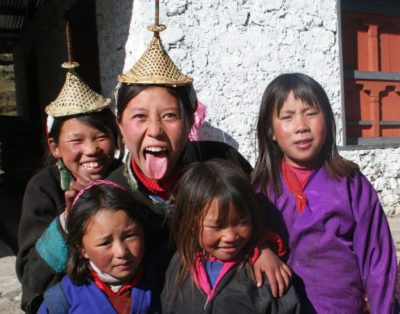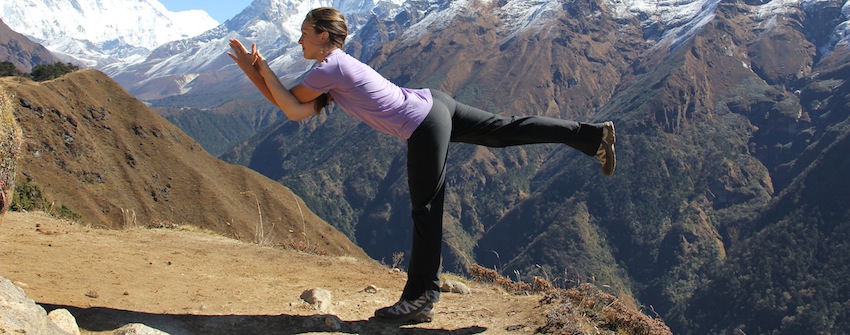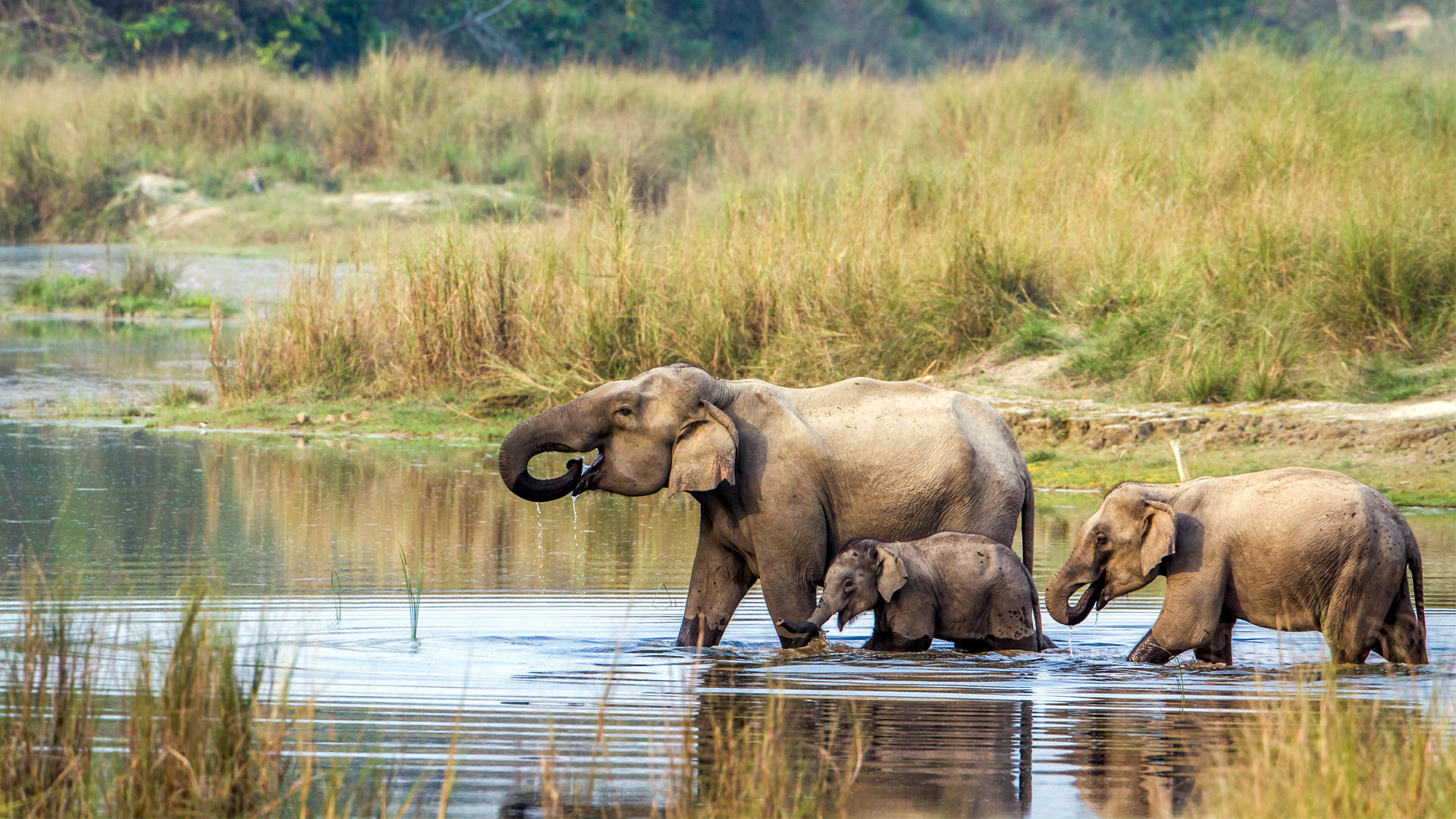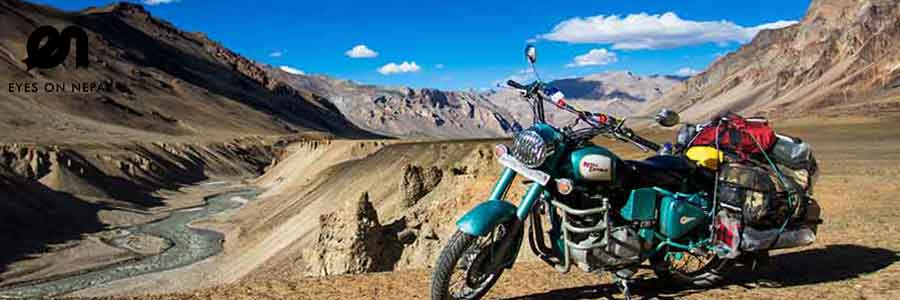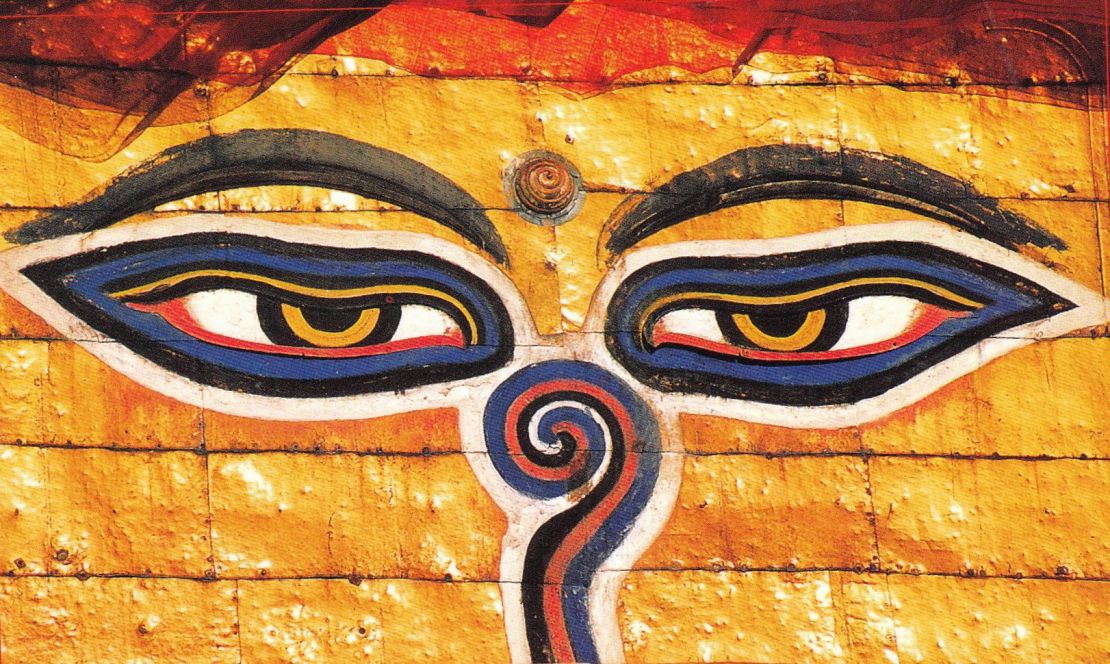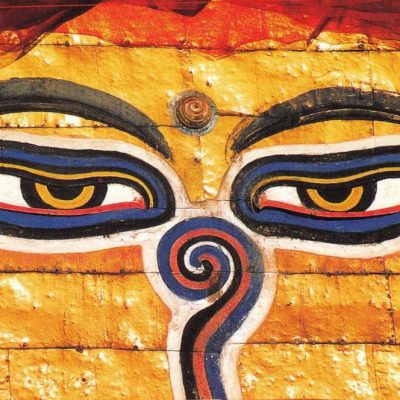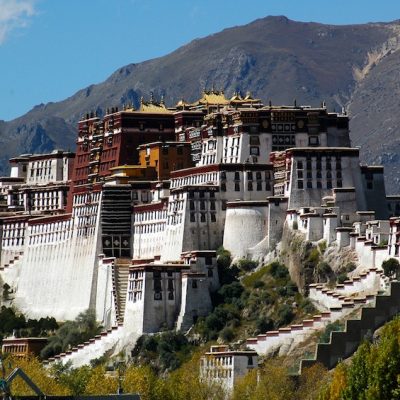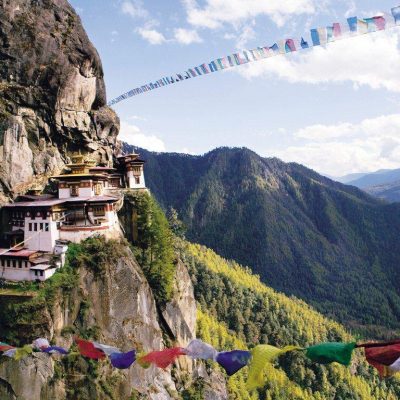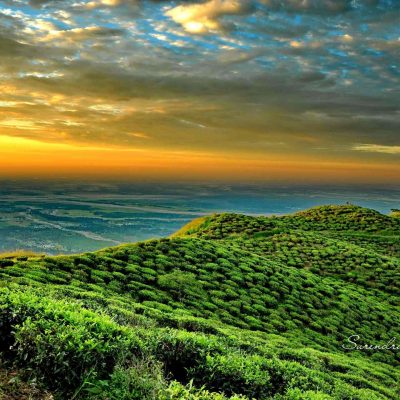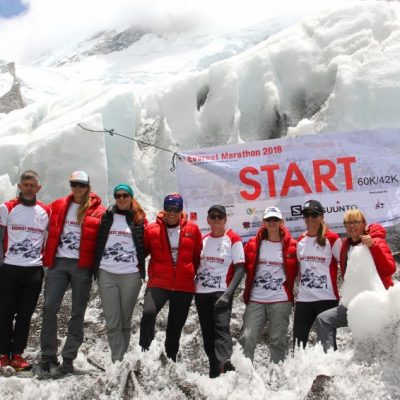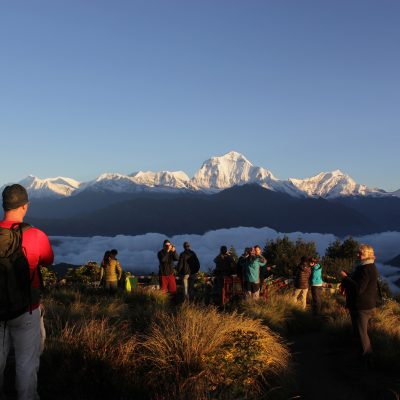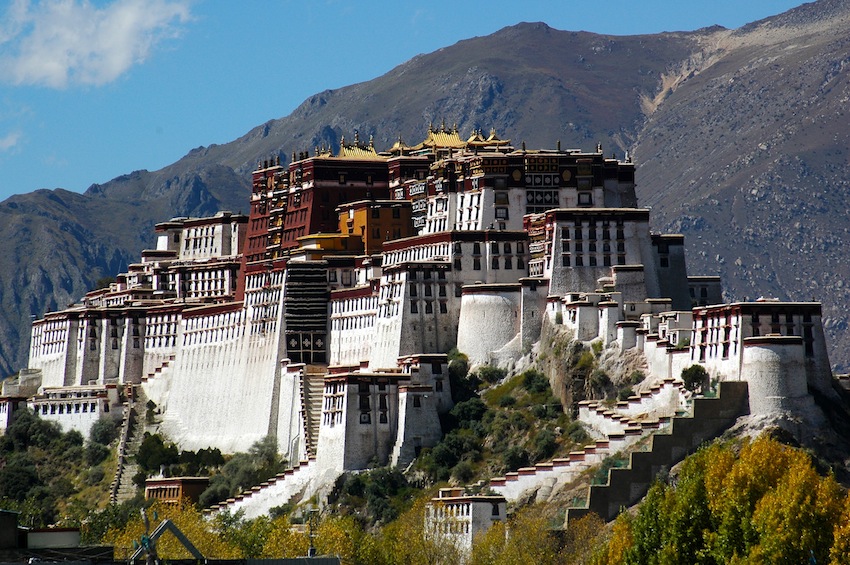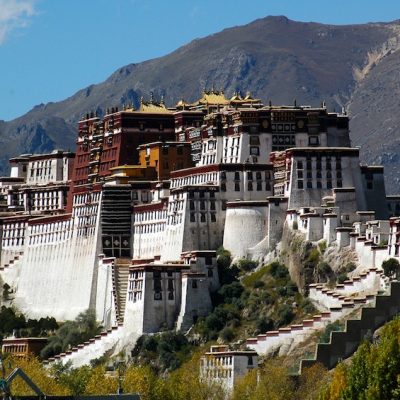ROOF OF THE WORLD
A land of ancient Buddhist culture, awesome landscapes, artistic monasteries, exotic cities, hidden valleys and centuries-old caravan trails. Tibet offers a totally different experience. Known as the Roof of the World. It is the destination for ultimate thrill-seeker. The Lhasa to Kathmandu Tour via Everest Base Camp allows us to explore the mystical Yamdrok Tso Lake and conquer a few high passes. This tour also takes us to popular Tibetan landmarks like Dalai Lama’s Potala and Norbulingka Palaces, Tibet Museum, Barkhor Bazaar and Gyantse Dzong. We also visit quite a number of spectacular Tibetan monasteries including but not limited to Sera, Drepung, Phalkot, Shalu, Tashilhunpo, Sakya and Rongbuk, the world’s highest monastery.
Fascinating culture, magnificent monasteries and awesome mountain scenery combine to make this journey one of the most spectacular in the world. For centuries Tibet has fascinated mankind. This land beyond the mighty Himals on the highest plateau in the world was almost inaccessible to the outside world until recently. This the “Land of Mysteries”, “Forbidden Land” has appealed to explorers, scholars, pilgrims and adventurers hoping to find a “Shangri La”. Lhasa, the capital, is the center of Tibetan culture, religion and Lama theology. The Tibetans, Monpas, Lhopas and Muslims who inhabit the plateau have their own distinctive. Loshar, the Tibetan new year, is the largest and the longest festival. Sky burials, water burials, stupa burials and cremations are of great interest. Technology, medicine, Buddhist philosophy, astrology, drama and debating form the basis of Tibetan science and culture.
INFORMATION ON TIBET
HOW TO ENTER TIBET?
The 55 minutes flight of Air China from Kathmandu to Lhasa offers spectacular views of the Himalayas and the southern Tibetan plateau. Or you can enter Tibet by land from Nepal.
TIBET VISA INFORMATION
All foreigners except citizen’s of China (including Hong Kong, and Macau), are required to obtain a visa and special permit before traveling to Tibet. In addition to the visa, it is necessary to obtain an aliens’ travel permit better known as the “Tibet Travel Permit” for travel in Tibet. You can get this from the Chinese embassy near you! Please make sure you have all the right information at the embassy!
BEST SEASON IN TIBET
April to October is the high season in Tibet, although, many festivals and tours are organized in the off season. You may find even more comfort and hospitality, as there are fewer tourists.You may visit Tibet through out the year these days.
THE ROAD TO LHASA
Travel between Kathmandu and Lhasa or Kailash is an incredible journey where you can see the world’s highest mountains, drive on the world’s highest plains, meet nomadic Tibetan pilgrims and chanting Tibetan monks. Tibet has avoided the influence from the western world and has developed its own unique culture and traditions. The infrastructure of the tourist industry is still very basic in this remote region. So, it is advised not to expect high standards as you are accustomed to in the West with regards to accommodation and amenities.
CLIMATE
Tibet’s climate is extreme continental. There is a vast difference between the day and night temperatures any time of the year. The average temperature ranges from 3 to 12 degrees centigrade. While traveling in Tibet one can feel some discomfort like breathlessness and headaches before becoming acclimatized. Many hotels keep bottled oxygen for emergencies.
CLOTHING
Casual wear and comfortable walking shoes are essential for any Tibet tours. Warm clothes are a must as the nights and the mornings are quite chilly.
November to April: Down jacket, thermal underwear, warm trousers, warm sweaters, woolen shirts, gloves, warm hat and scarves, light leather boots in case of snow.
May to October: Rain coats, or wind breakers, jackets, sweaters, sunhat cotton or woolen shirts, comfortable shoes.
ALTITUDE SICKNESS
As you have to pass through high terrain, you are likely to experience minor symptoms and discomfort of altitude sickness until your body gets adjusted to the altitude. It is advisable to drink large quantities non-alcoholic drinks to avoid dehydration. We also recommend to take a strip of Diamox tablets. A small first aid kit is essential.

